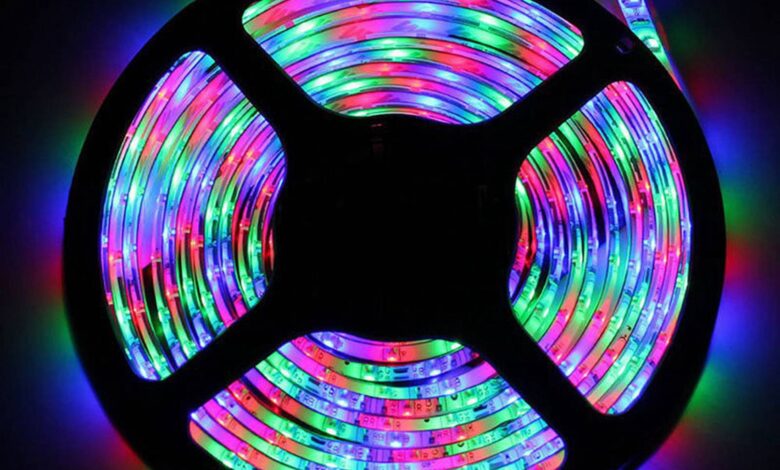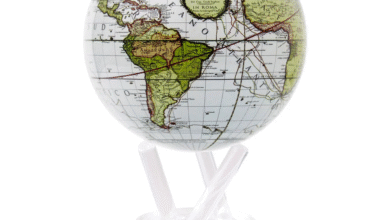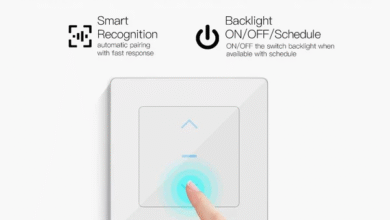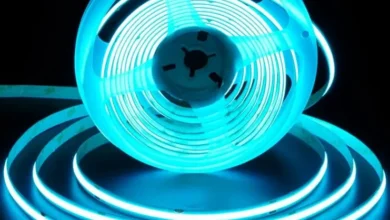
wholesale LED strip lights have rapidly transformed from a niche lighting product into a mainstream solution for everything from home décor and retail design to automotive enhancements and smart homes. For wholesalers, this evolution represents not only a booming market but one that’s constantly changing.
As we move through 2025 and beyond, staying ahead of the curve is essential. Wholesale buyers, retailers, and resellers need to understand where the market is headed to stay competitive, attract customers, and source profitable, future-ready products.
In this article, we explore the emerging trends shaping the future of wholesale LED strip lights, and how you can leverage them for growth and innovation.
1. Smart LED Strip Lights Are Becoming the New Standard
The future of lighting is smart—and LED strip lights are no exception. Demand for Wi-Fi, Bluetooth, and voice-controlled LED strips continues to rise rapidly as smart home ecosystems grow.
Key developments:
-
Integration with Alexa, Google Home, and Apple HomeKit
-
App-controlled color, dimming, and scheduling features
-
Matter protocol support for seamless smart device connectivity
Opportunity for wholesalers: Stock smart-enabled LED strip lights and target tech-savvy audiences and smart home installers.
2. COB (Chip-On-Board) Technology Is Taking Over
Traditional LED strips are made of spaced-out diodes, but COB LED strips offer a seamless line of light with no visible dots. These strips provide:
-
Higher light uniformity
-
Better heat dissipation
-
More flexibility for tight installations
-
A cleaner, premium look
COB strips are becoming especially popular in architectural lighting, luxury interiors, and furniture design.
Trend Insight: Expect COB LED strips to dominate the high-end and commercial market segments over the next 2–3 years.
3. Tunable White and Full-Spectrum Lighting
Color customization is no longer limited to RGB strips. Designers and homeowners are now seeking tunable white LEDs that shift between cool and warm tones, or even full-spectrum strips that mimic natural sunlight.
These strips allow:
-
Better circadian lighting (adjusting color based on time of day)
-
More functional lighting for kitchens, offices, and creative spaces
-
Enhanced mood and productivity support
Trend Insight: This aligns with wellness trends and is ideal for resellers serving home offices, wellness centers, or luxury homes.
4. Increased Focus on Sustainability and Energy Efficiency
Environmental responsibility is becoming more important than ever for both businesses and consumers. LED strip manufacturers are now:
-
Using eco-friendly materials
-
Offering longer lifespan models to reduce waste
-
Improving energy conversion efficiency
Governments across the globe are also incentivizing energy-saving lighting solutions through rebates and regulations.
Pro Tip: Wholesale buyers should prioritize energy-star certified, RoHS-compliant, and recyclable-packaging products to appeal to green-conscious customers.
5. Modular and DIY-Friendly Designs
Customers increasingly prefer plug-and-play solutions that are easy to install without electrical expertise. The future favors LED strips that are:
-
Modular (snap-together connectors, easy extensions)
-
Cuttable and re-linkable
-
Pre-packaged as kits with power supplies and remotes
These kits cater to the booming DIY home improvement market, especially among millennials and renters.
Action Tip: Wholesalers should stock DIY kits in trendy segments like kitchen lighting, under-bed lighting, desk lighting, and gaming setups.
6. Commercial and Industrial Expansion
LED strip lights are no longer just for residential use. The commercial and industrial sectors are now adopting strip lighting for:
-
Retail shelves and product displays
-
Warehouse illumination
-
Restaurant ambiance
-
Hotel corridors and lobby accents
-
Exhibitions, events, and tradeshow booths
Strips with higher lumens, dust/waterproofing (IP67/IP68), and industrial-grade adhesion are becoming more popular.
Trend Alert: Position your wholesale offerings toward contractors, interior designers, architects, and commercial builders.
7. LED Strip Customization Is in Demand
As personalization grows in popularity, B2B clients and end users want more customized options, such as:
-
Custom lengths, widths, and densities
-
Branding (OEM with logos and packaging)
-
Pre-installed smart controllers or power units
-
Specialized features like UV or grow lights for niche uses
This trend opens a door for value-added services from wholesalers, such as white-labeling and assembly kits.
Strategic Move: Offer private label bundles for influencers, home design brands, or e-commerce stores looking to differentiate.
8. RGBIC and Dynamic Visual Effects
RGB is no longer enough. Consumers now want addressable LED strips (RGBIC) that can produce dynamic effects, such as:
-
Multiple colors on a single strip simultaneously
-
Flowing gradients, music sync, or fire-like animations
-
App-based customization for pattern sequences
These strips are trending on platforms like TikTok and YouTube, making them ideal for streaming setups, game rooms, and youth markets.
️ Wholesaler Tip: Create “TikTok lighting bundles” or “streamer packs” featuring RGBIC strips, controllers, and mounting accessories.
9. Enhanced Durability and Outdoor Use
The outdoor lighting market is booming, and LED strip lights are adapting with:
-
UV-resistant coatings
-
Stronger adhesives for rough surfaces
-
IP67/IP68 waterproof ratings
-
Low-temperature operation ranges
Use cases include garden pathways, signage, landscape features, and RV lighting.
☔ Future-Proof Tip: Include rugged LED strips in your wholesale inventory for customers who prioritize durability and weather resistance.
10. Integration with Emerging Technologies
LED strip lights are beginning to interact with IoT ecosystems, AI assistants, and environmental sensors. Some of the cutting-edge innovations on the horizon include:
-
AI-driven mood lighting based on behavior or weather
-
Syncing with home security systems
-
Biometric-triggered lighting (e.g., motion, heart rate)
-
Cloud-based control panels for enterprise-scale projects
While still in the early stages, this trend signals a shift toward smart lighting as a service.
Long-Term Vision: Wholesalers should keep an eye on partnerships with IoT hardware companies or smart hub ecosystems.
Final Thoughts
The LED strip light industry is more exciting than ever. From smart controls and sustainable materials to immersive RGBIC effects and commercial-grade applications, the future is full of innovation and opportunity.
As a wholesaler, staying ahead of these trends ensures:
-
You stock what consumers actually want
-
You serve emerging markets and use cases
-
You remain competitive in a fast-moving industry
Start preparing now—because the next generation of LED strip lights isn’t just about lighting up spaces… it’s about illuminating experiences.



